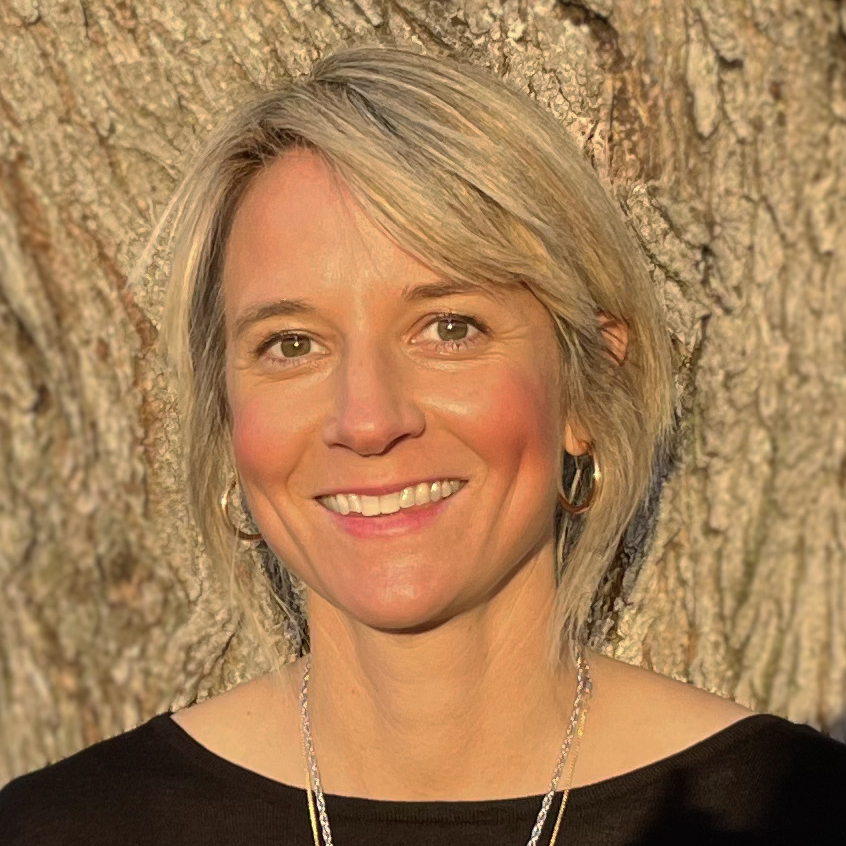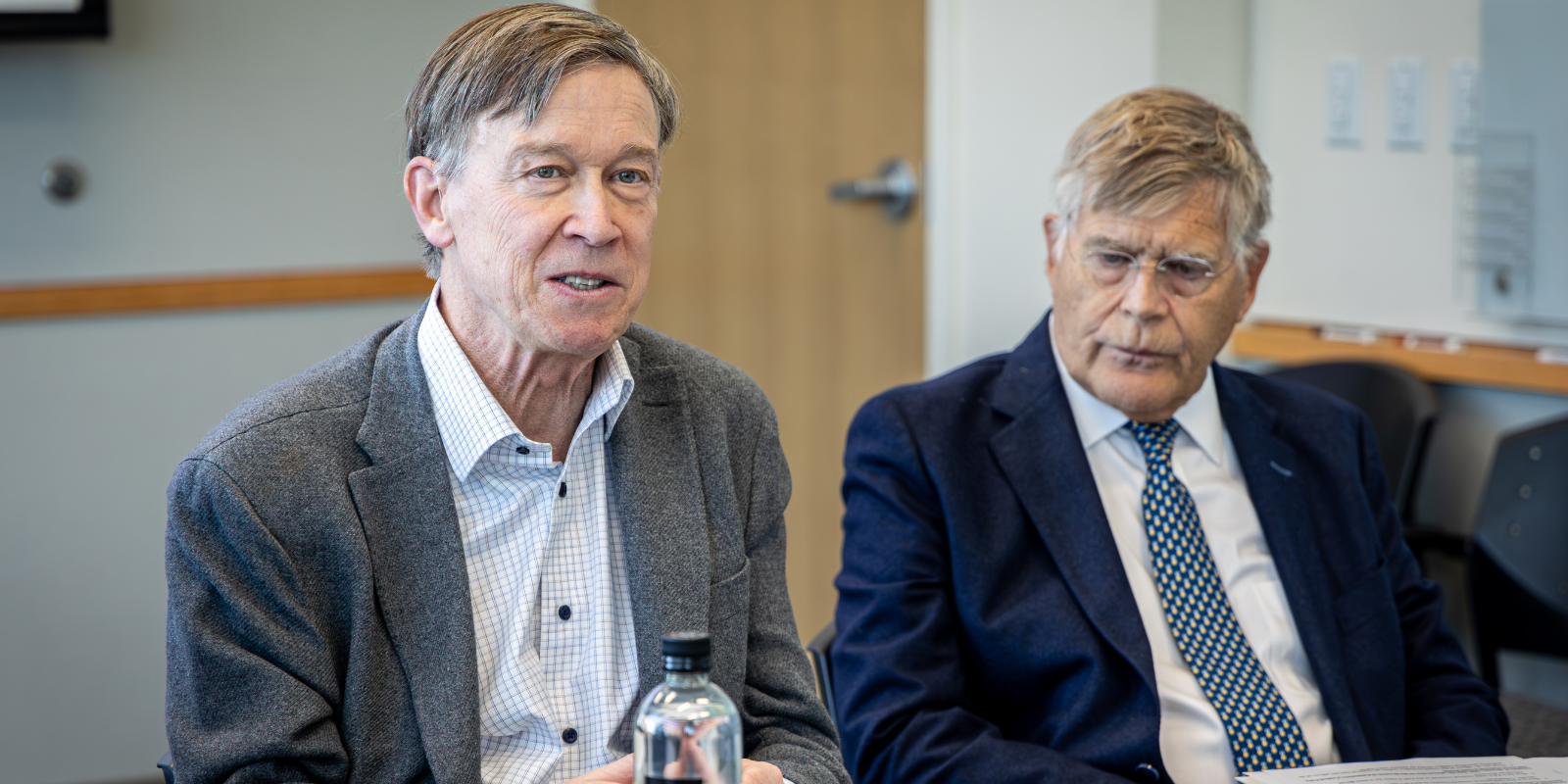In her second year on the job at the University of Colorado Anschutz Medical Campus, Carey Candrian, PhD, was shadowing a hospice admissions nurse as she interviewed a dying woman in the patient’s home.
Another woman stood quietly by, as the nurse ticked off scripted questions from a lengthy form aimed at discovering a potential hospice patient’s wants, needs and support system. Candrian’s interest was piqued by the number of times the patient answered “no.”
Are you married? No. Do you have children? No. Do you have grandchildren? No.
Finally, when the nurse asked who helped her with doctor appointments, the patient gestured toward the woman in the corner. Then the nurse left.
Candrian, a social scientist focused on end-of-life communication, stayed for her own interview with the patient in what turned out to be a defining moment in her career.
After learning the woman in the corner was the most important person in the patient’s life – her partner of 21 years, her healthcare advocate, her medical power of attorney – Candrian found her calling.
Today, as an assistant professor of health communication in the University of Colorado School of Medicine, Candrian works on improving the end-of-life experience for all patients – but with a rare focus on her fellow Lesbian, Gay, Bisexual, Transgender and Queer (LGBTQ) community members.
She recently shared more about her career passion and goals with CU Anschutz Today. The interview has been edited for brevity and clarity.





